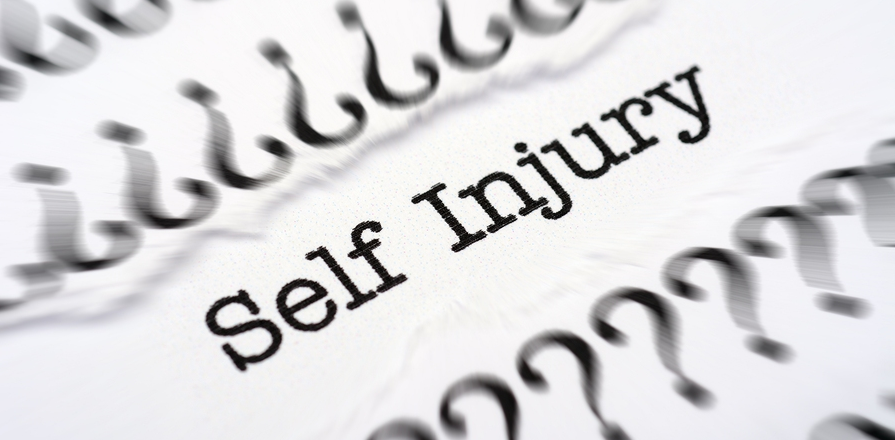Self-Injurious Behaviour in Angelman Syndrome
The term self-injurious behaviour refers to any non-accidental behaviour (i.e., accidentally bumping your head on the wall would not be classed as self-injury whereas intentionally hitting your head on the wall would) that has the potential to cause some kind of damage such as reddening, bruising, bleeding, hair loss, etc.
There is very little research that has been conducted on self-injurious behaviour in Angelman syndrome. We know that some case reports dating back to the 1960’s report on self-injurious behaviour in the syndrome and many parents and carers will report it being problematic. Recent research at the University of Birmingham revealed that around 4 out of 10 individuals with Angelman syndrome display self-injurious behaviour and this suggested that levels are heightened. The probability of an individual with Angelman syndrome showing self-injurious behaviour was no more likely than a control group of individuals with an intellectual disability who did not have Angelman syndrome.
Research by Larson et al. (2014) found self-injurious behaviour was exhibited in 52% of adult individuals with Angelman syndrome.
The types of self-injurious behaviour shown by individuals with Angelman syndrome were quite variable, however, it included hitting self (with body or object), biting self, pulling self and rubbing and scratching self.




